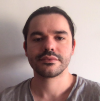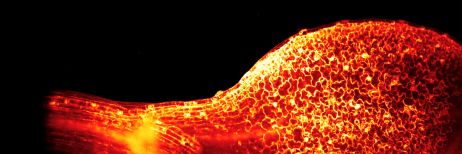Webinar: Plant Imaging and Clearing for Light Sheet Microscopy
Light sheet microscopy has become a key imaging method for plant biology. With new clearing methods available, it is now even easier to study plant development. However, more research studies are looking to apply light sheet microscopy techniques to focus on root imaging, which requires new methods for sample mounting and imaging to be developed.
In the second part of our webinar series, Dr. Tim Steppe of Logos Biosystems will discuss key considerations for clearing plant samples using the X-CLARITY Tissue Clearing System for in vitro imaging. Mathieu Cortes will then discuss how to use the Alpha3 light sheet microscope to extend the scope of plant imaging, including the dynamics of cortical microtubules and aerial organs of Arabidopsis thaliana.
In this webinar, you’ll discover:
- An imaging pipeline for quantitative analysis of cortical microtubules dynamics at high temporal resolution over a large volume.
- An efficient in vivo imaging protocol for aerial organs, which is challenging for conventional light sheet microscopy. Due to the sample flexibility of the Alpha3 system, large samples and even multiple samples can be easily mounted for live imaging experiments.
Presenters:
 | Tim Steppe, PhD |
 | Matthieu Cortes |
Webinar: Plant Imaging and Clearing for Light Sheet Microscopy
|
このページはお住まいの地域ではご覧いただくことはできません。
